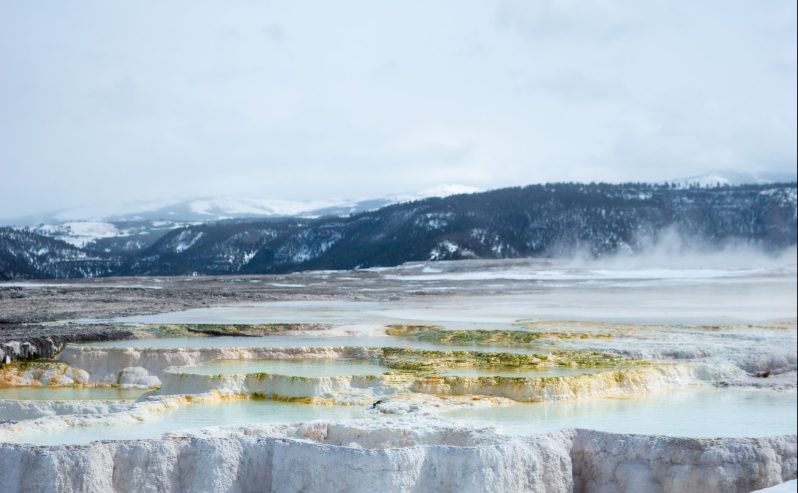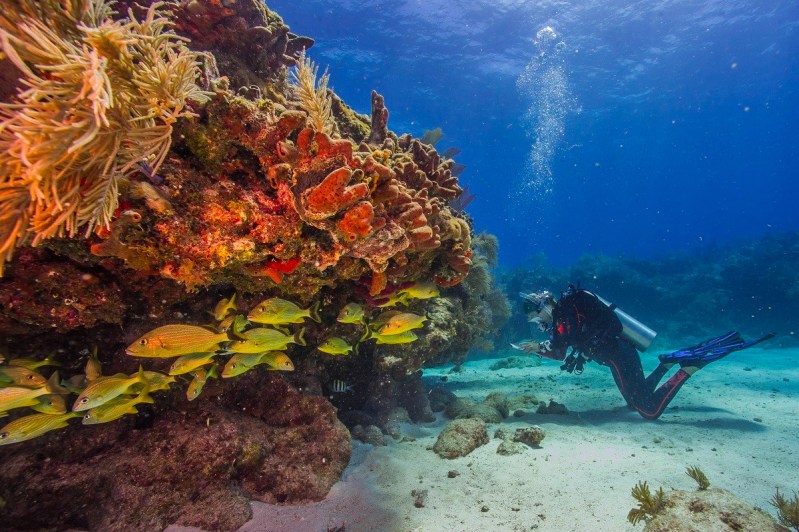
There’s never really a bad time to visit one of the U.S. National Parks. At any time of the year, they have plenty to offer, but some parks can be inhospitable during the height of summer thanks to massive crowds and sky-high temperatures. Winter is an especially unique time of year to explore, with landscapes and wildlife changing and adapting to the season. With fewer vehicles on the road and fewer hikers on the trail, you can feel as though the whole park is yours when you visit during what most people — wrongly — call the off-season.
National Parks have something on offer for everyone, too. Whether you’re looking for wildlife or hiking trails, opportunities for winter camping, or a sightseeing break to mix up your journey to or from a ski resort. There are over 60 national parks to choose from in the U.S. and reducing it down to just a few for winter has been no easy task, but these — we think — are the best
Grand Canyon National Park
Arizona
Only a fraction of Grand Canyon National Park’s five million annual visitors come during the winter months. At over 277 miles long and up to a mile deep, this natural wonder was created over millions of years as the Colorado River wound its way through the canyon. While temperatures can hover between 30 and 40 degrees Fahrenheit along the rim, milder temps can be found along the river at the bottom of the canyon. The South Rim is open year-round and winter is an ideal time to enjoy the park’s trails and avoid the crowds that dominate the park during the rest of the year.
Biscayne National Park
Florida
As winter settles in, it’s no wonder that so many seek to escape the drudgery with a visit to the Sunshine State. Biscayne National Park is a lesser-known national park located south of Miami, Florida. It’s unique in the U.S. National Park system as only 5% of the entire park is on land. The park encompasses the world’s third-largest coral reef, which is home to more than 500 species of fish and is an underwater paradise for diving and snorkeling. You can also go lobstering in the park during the winter, as the season for spiny lobsters runs from Aug. 6-March 31. A license from the Florida Fish and Wildlife Commission is required.
Death Valley National Park
California
With daytime temperatures soaring well over 120 degrees during the warmer months, visiting the “hottest place on earth” during the winter season allows you to explore Death Valley National Park‘s below-sea-level basin in comparative comfort. Encompassing over three million acres, this land of extremes offers everything from salt flats and sand dunes to desert valleys and high mountain peaks. Due to scorching temperatures during the height of summer, winter and spring are the busiest seasons. For some, they may be the only viable times of year to visit. Just come prepared because a desert breakdown out here is no joke.

Rocky Mountain National Park
Colorado
Even by Colorado standards, Rocky Mountain National Park is something special. The sheer elevation and numerous peaks here in the park — there are 77 over 12,000 feet — make it a world-class playground for backcountry skiing, snowshoeing, dog sledding, winter hiking the Continental Divide, and more. Plus, the fact that it’s less than 90 minutes from downtown Denver makes it a perfect day trip for locals and tourists. One thing to keep in mind is that not all of the park is accessible in the winter, as places like Trail Ridge Road will close due to snow for the season.
Everglades National Park
Florida
Winter is the perfect season to visit Everglades National Park‘s subtropical wetland as the temperatures are mild, the humidity is — almost — tolerable, and the mosquitos are slightly more placid, or perhaps just fewer in numbers. This is also the dry season, and as the water levels within the park become lower, the wildlife congregates at various waterholes throughout. Visitors can spot the park’s iconic alligators and if you’re extremely lucky, one of the rare and elusive Florida panthers. Unlike a lot of the other parks which slow down in the winter, the wintertime dry season is the most popular time for visitors to the park.
Yellowstone National Park
Montana and Wyoming
Winter turns the nation’s first national, and perhaps most iconic park into a land of “fire and ice.” Daytime temperatures at Yellowstone may struggle to reach the double digits on many days. However, for those seeking a unique experience in an otherworldly landscape, there is no other place like it on Earth. The geothermal activity stands in dramatic contrast to the snow that blankets the park each season. Embrace the cold and savor the solitude as the park offers cross-country skiing, snowshoe tours, and guided snowmobile tours. Check off this list of Yellowstone essential packing list before you make the trip.
Bryce Canyon National Park
Utah
One of Utah’s “mighty five national parks,” Bryce Canyon is located at a high altitude, meaning this dramatic landscape receives abundant snowfall throughout the winter. The vibrant colors of the spectacular geologic formations like the natural bridges and hoodoos are only enhanced by the addition of snow. Snowmobiling is off-limits in the park, but opportunities for snowshoeing and cross-country skiing abound in this winter wonderland. One of Bryce Canyon’s campgrounds remains open for winter camping for those hardy enough to want to brave the elements. And while the Bryce Canyon Lodge is closed in the winter, the park’s Sunset Hotel does remain open for winter visitors.

Mount Rainier National Park
Washington
Named after the active volcano that dominates the landscape, Mount Rainier National Park is worth a visit in the winter, even if some areas of the park close for the season. The enormous 14,410-foot Mout Rainier, which last erupted about 150 years ago, is stunning year-round. And while many of the park’s roads close for the winter (be sure to bring tire chains for safe winter driving), enough remain open for you to get some spectacular views while snowshoeing or cross-country skiing. There are ranger-guided snowshoe walks at times during the winter, weather permitting; check the park’s website for details and a schedule.








